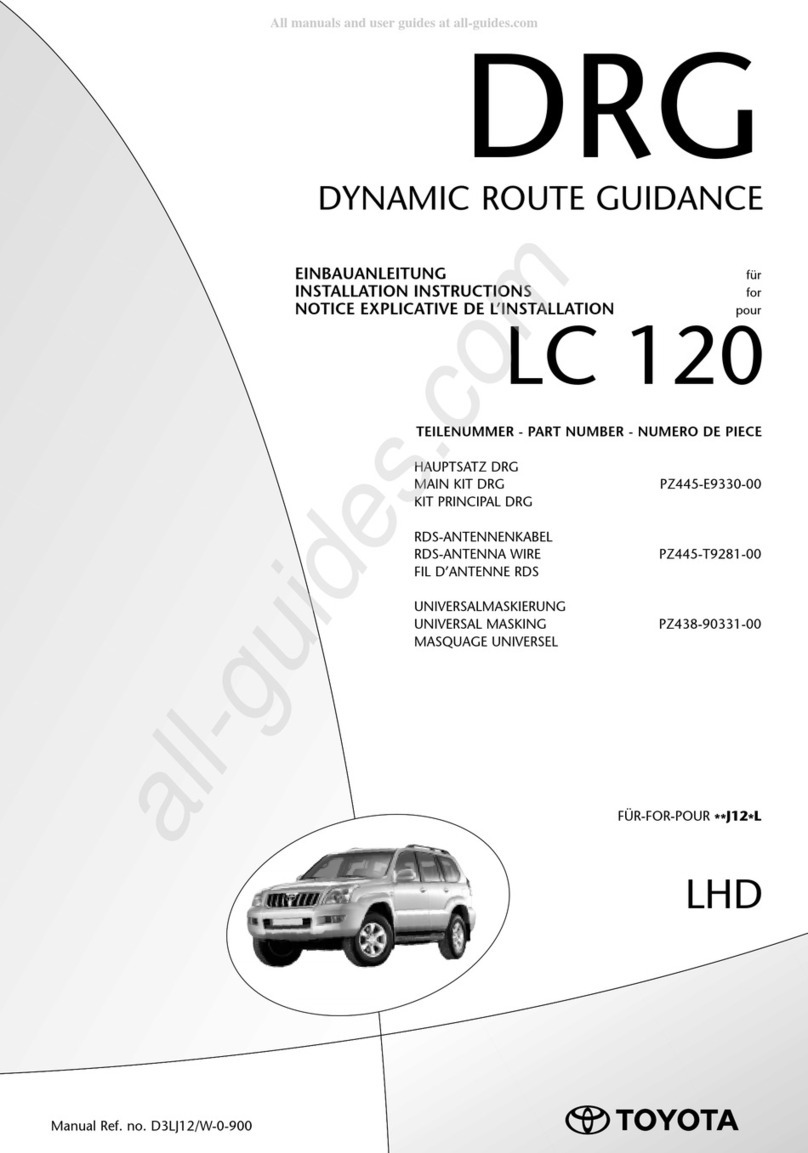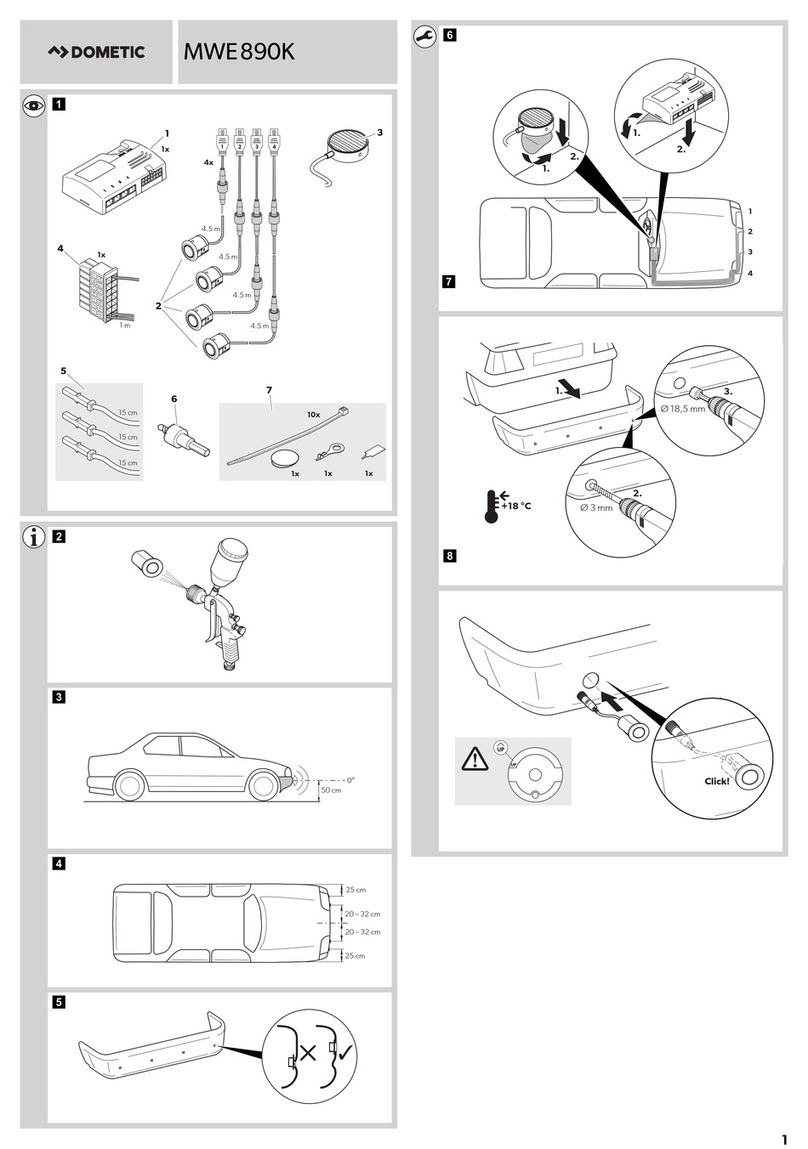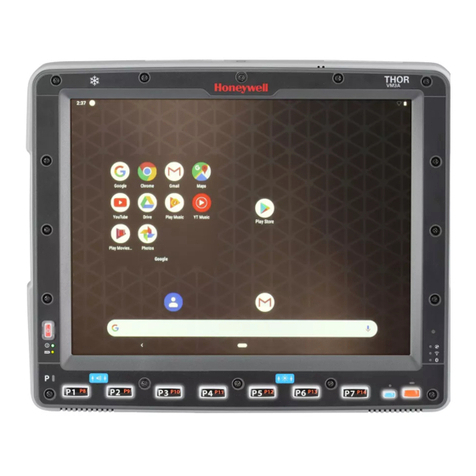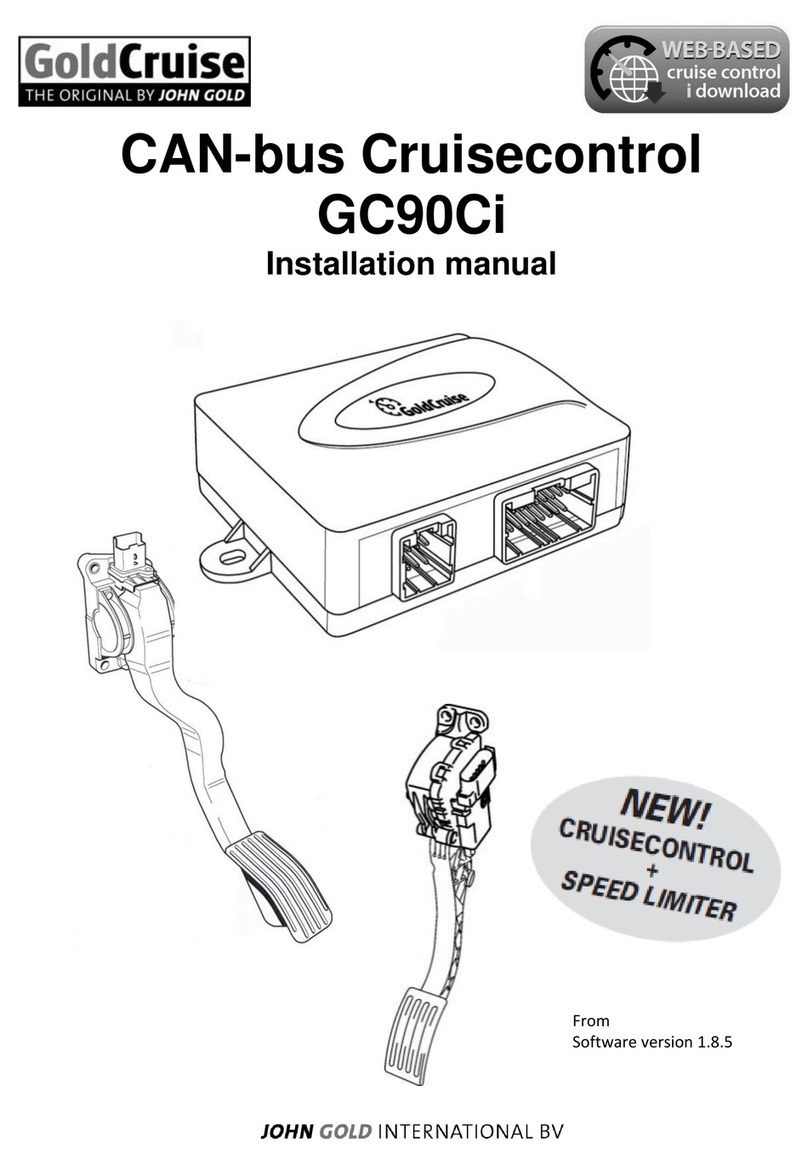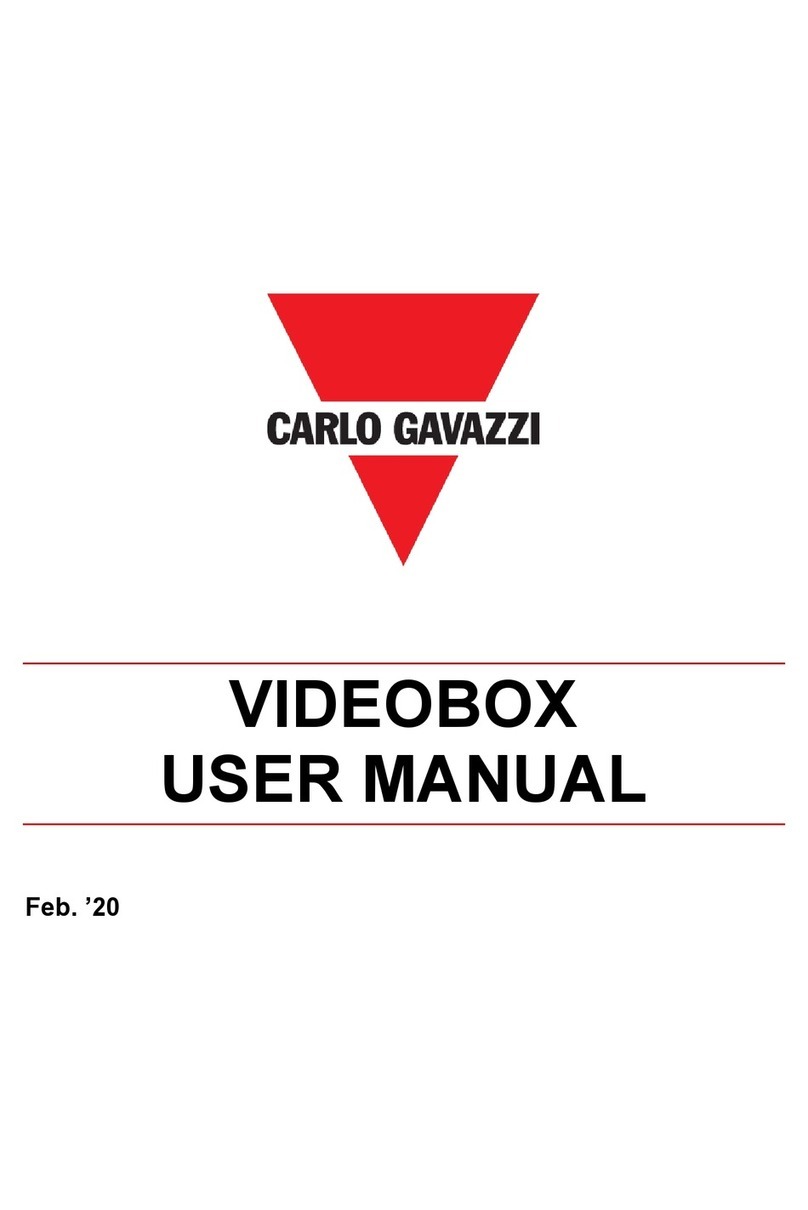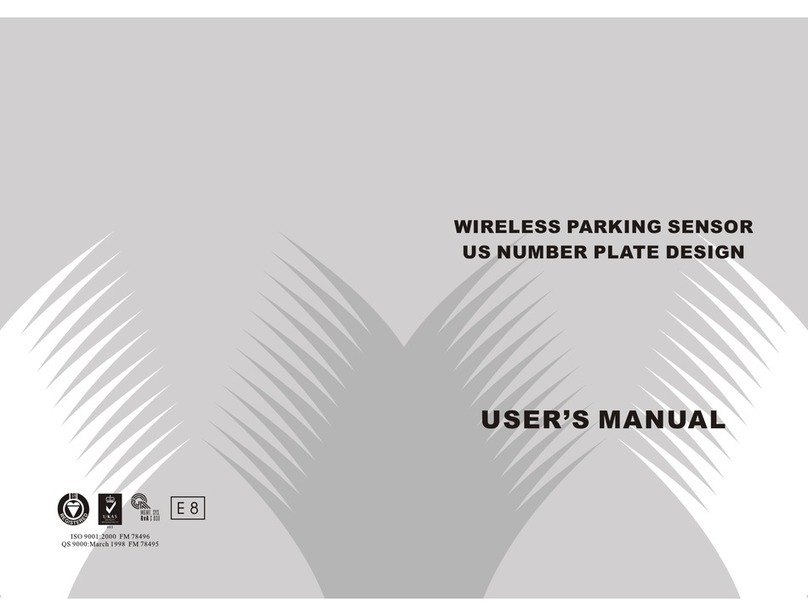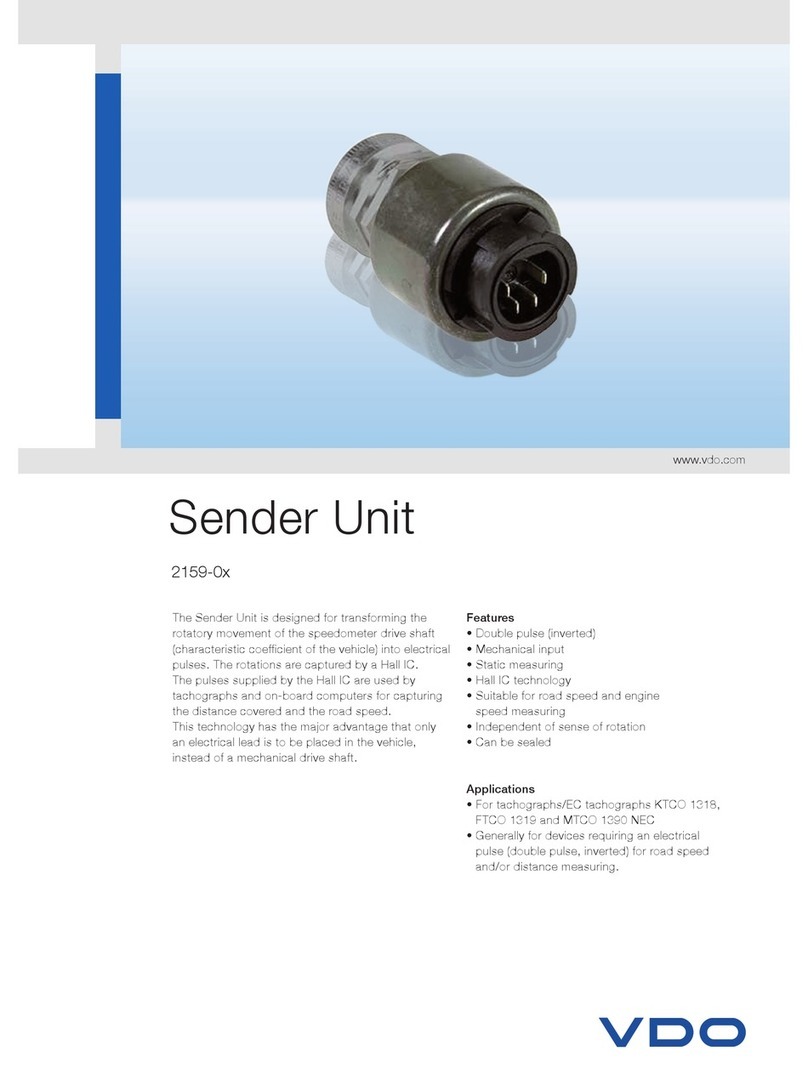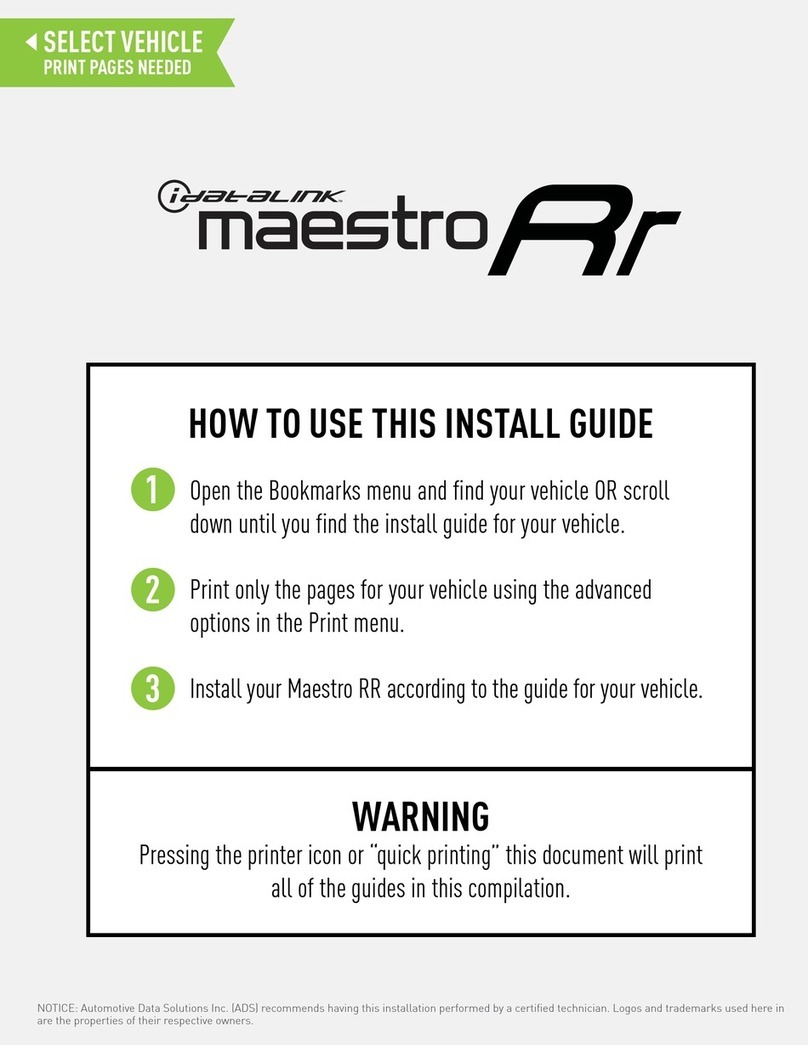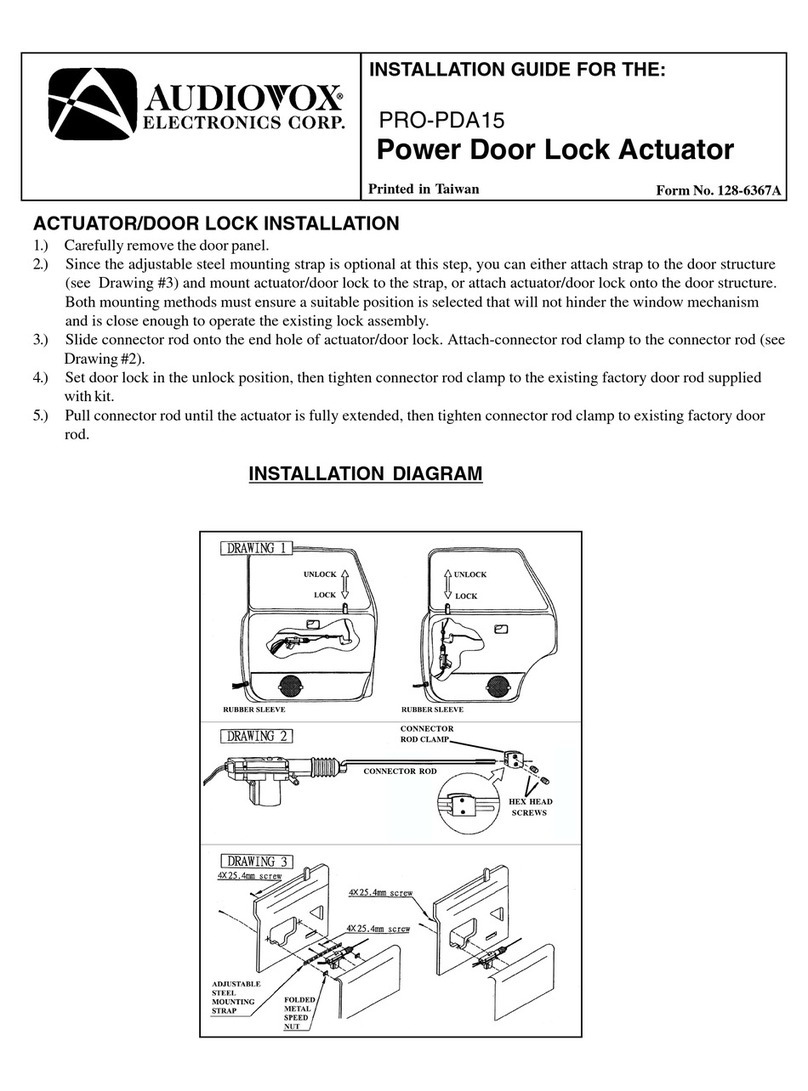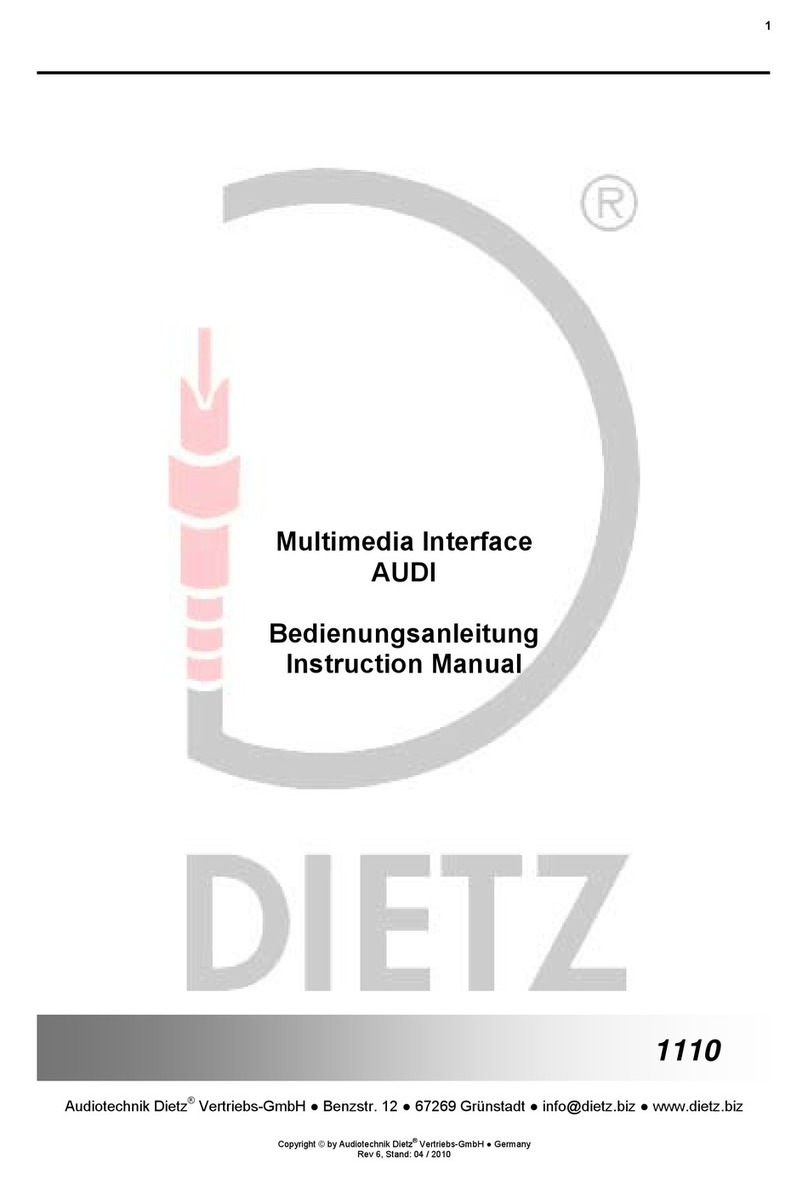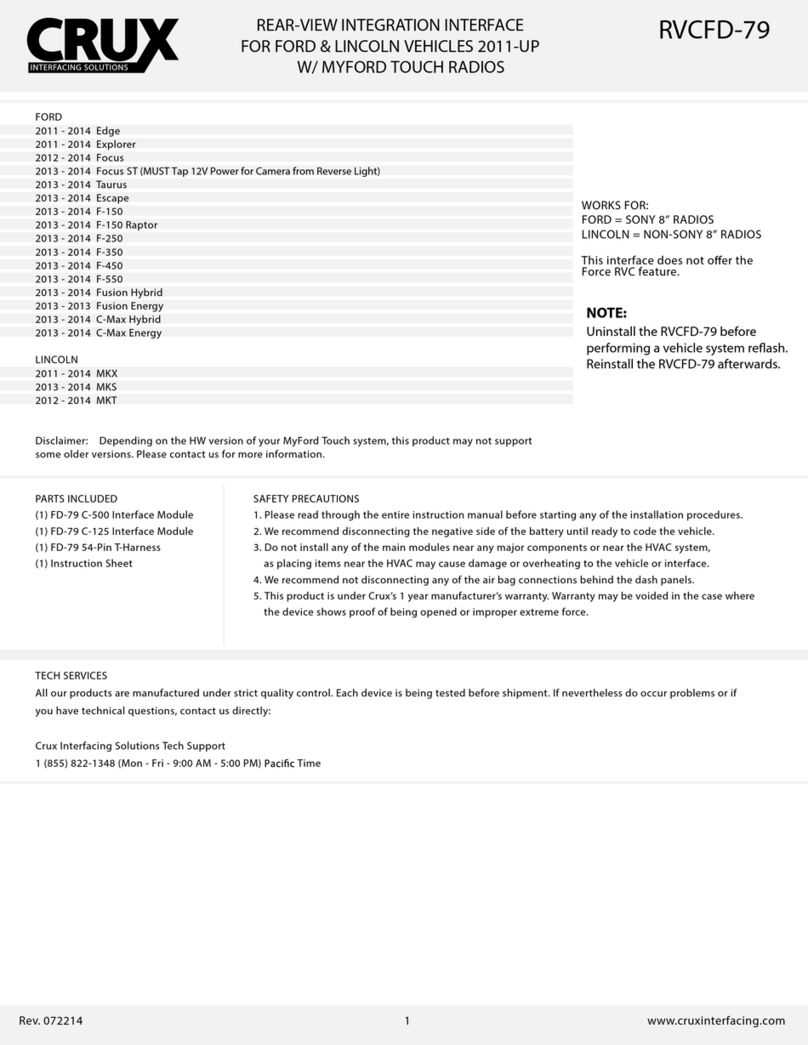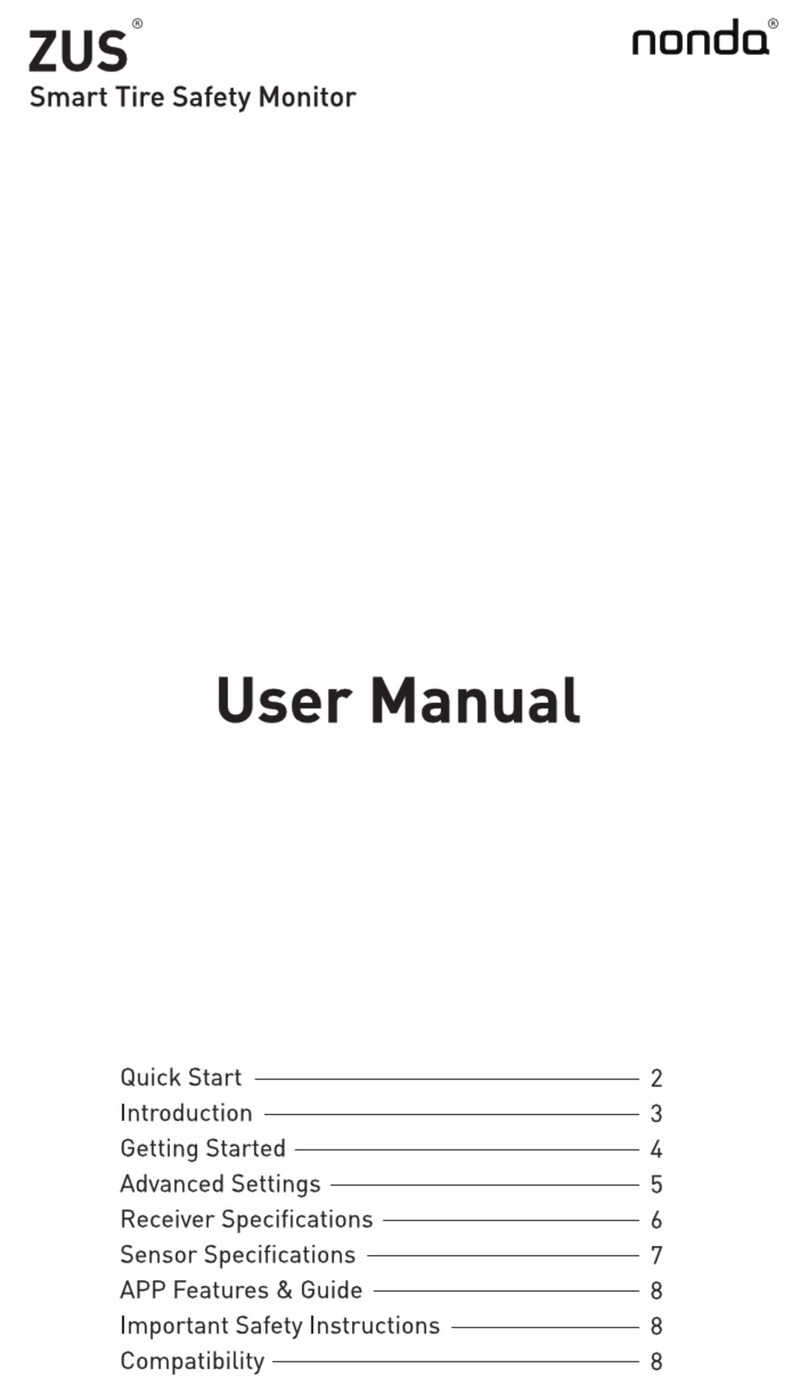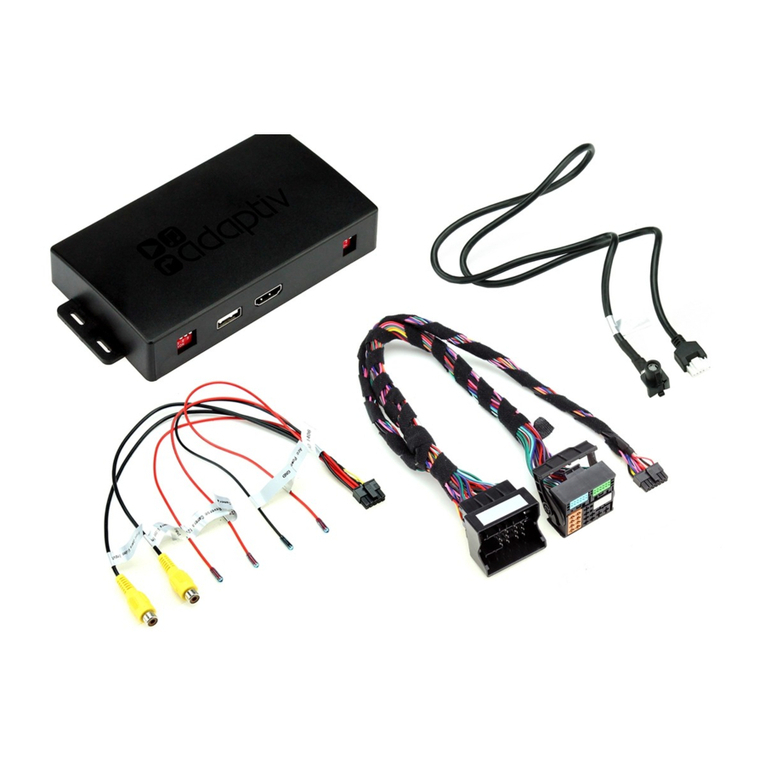
CP3 version 3003
4
Assigning Display Interface Modules (DIM)............................................................................................. 52
Calibration ................................................................................................................................................... 54
Automatic calibration .............................................................................................................................. 54
Manual Calibration .................................................................................................................................. 56
Carpark Software......................................................................................................................................... 57
Basic Setup............................................................................................................................................... 57
System Calculation .......................................................................................................................................... 59
Rules of Thumb............................................................................................................................................ 59
Calculation ................................................................................................................................................... 60
Table for Cable Length, Cross Section and Number of Sensors in a Line .................................................... 61
Carpark Master Zone Counter (MZC) .............................................................................................................. 62
Introduction..................................................................................................................................................... 62
Hardware......................................................................................................................................................... 62
Sensor .......................................................................................................................................................... 62
Operating Principles of the Counting system.................................................................................................. 63
MZC.............................................................................................................................................................. 64
Detection Points (DPOs) .............................................................................................................................. 64
Initialisation and adjustment....................................................................................................................... 65
Stand-alone system examples......................................................................................................................... 65
MZC counting system with a split between standard and reserved spaces ................................................... 68
MZC combined with the Single-Space System ................................................................................................ 69
Installation of the Counting System ................................................................................................................ 70
The Count Sensor ........................................................................................................................................ 70
Sensor Hardware ......................................................................................................................................... 70
Sensor Installation (DPO)............................................................................................................................. 71
Two-sensor DPO .......................................................................................................................................... 71
Mounting the Sensors ................................................................................................................................. 74
Bumper-to-Bumper ..................................................................................................................................... 75
One-sensor DPO .......................................................................................................................................... 76
Programming the Sensor................................................................................................................................. 77
Appendix A: ..................................................................................................................................................... 77
Counting system accuracy........................................................................................................................... 77
Delineation .................................................................................................................................................. 78
